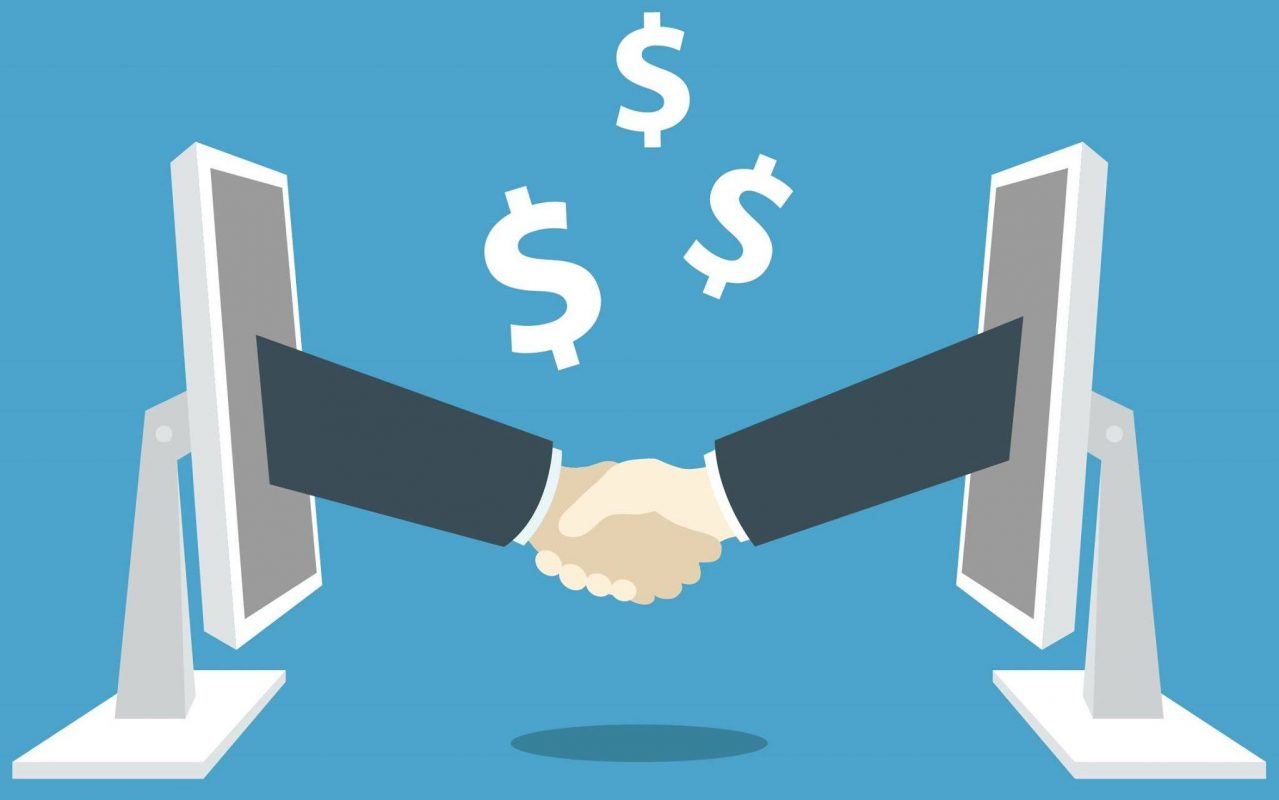P2P lending or peer-to-peer lending is an online platform where a willing person can lend a sum of money to a borrower (who can be an individual or a company) on a decided interest rate, without the involvement of a bank or other such financial institutions. This practice has helped in democratizing and leveling the lending field for both the borrowers and lenders.
However, the question that now arises is that can we trust this lending and borrowing channel to sustain? And if so, then does that mean that P2P lending is becoming the future of the global economy. Now, if you are interested in finding answers to such questions, then come let’s begin the discussion!
Is P2P lending the future?
With P2P lending, the borrowers can request loans up to the sum of $35,000 and as for the lenders, they can begin investment by giving as less as $25. This is why people in all the economies are welcoming this platform and showing such enthusiasm for it because it is making participation in the lending and borrowing process so much easy.
According to the Reserve Bank of Cleveland, the peer to peer lending has shown much growth. According to its reports, the global peer to peer lenders has combined about $3.5 billion in outstanding in the year 2013, as compared to $1.2 stood outstanding in 2012.
Besides, the delinquency rate of the peer to peer lending is also low when compared to the traditional mechanisms. According to the reports, between 2010 and 2014, the peer to peer lending has only experienced a delinquency rate of 3.2% while these rates were as high as 3.7% for the traditional consumer loans, for example, credit cards.
Now although these reports establish a healthy growth of peer to peer lending which will mean a bright future for it, the borrowers and lenders still have some concerns regarding its future. Fitch Ratings, which is a global leader in credit research has voiced out these concerns as-
- Although peer to peer lending has a healthy history of growth and development, still because of its very short history, it becomes difficult to calculate its long term viability.
- With the peer to peer lending system, there exists an elevated regulatory risk. So, presently peer to peer lending is under study.
- Most loans that have been met were for debt consolidation purposes, as a result, there is a risk of rising interest rates. This can unfavorably impact both the borrowers and lenders.
Thus, according to Fitch Ratings, these are some setbacks with the peer to peer lending that constrain its potential ratings.
So, on the basis of the above study, it could be determined that P2P lending has some fields that need to be worked. And because of its limited history, a lot remains to be seen. However, if the present reports and ratings are anything to go by, then the future of peer to peer lending seems safe. It appears that this system has in fact the potential to lead the future!





